Exploring the wild on a safari is an unforgettable adventure. These destinations promise close encounters with nature and a chance to witness the majestic animals in their natural habitats. Let’s dive into the highlights of the top wildlife safari destinations.
Maasai Mara National Reserve, Kenya
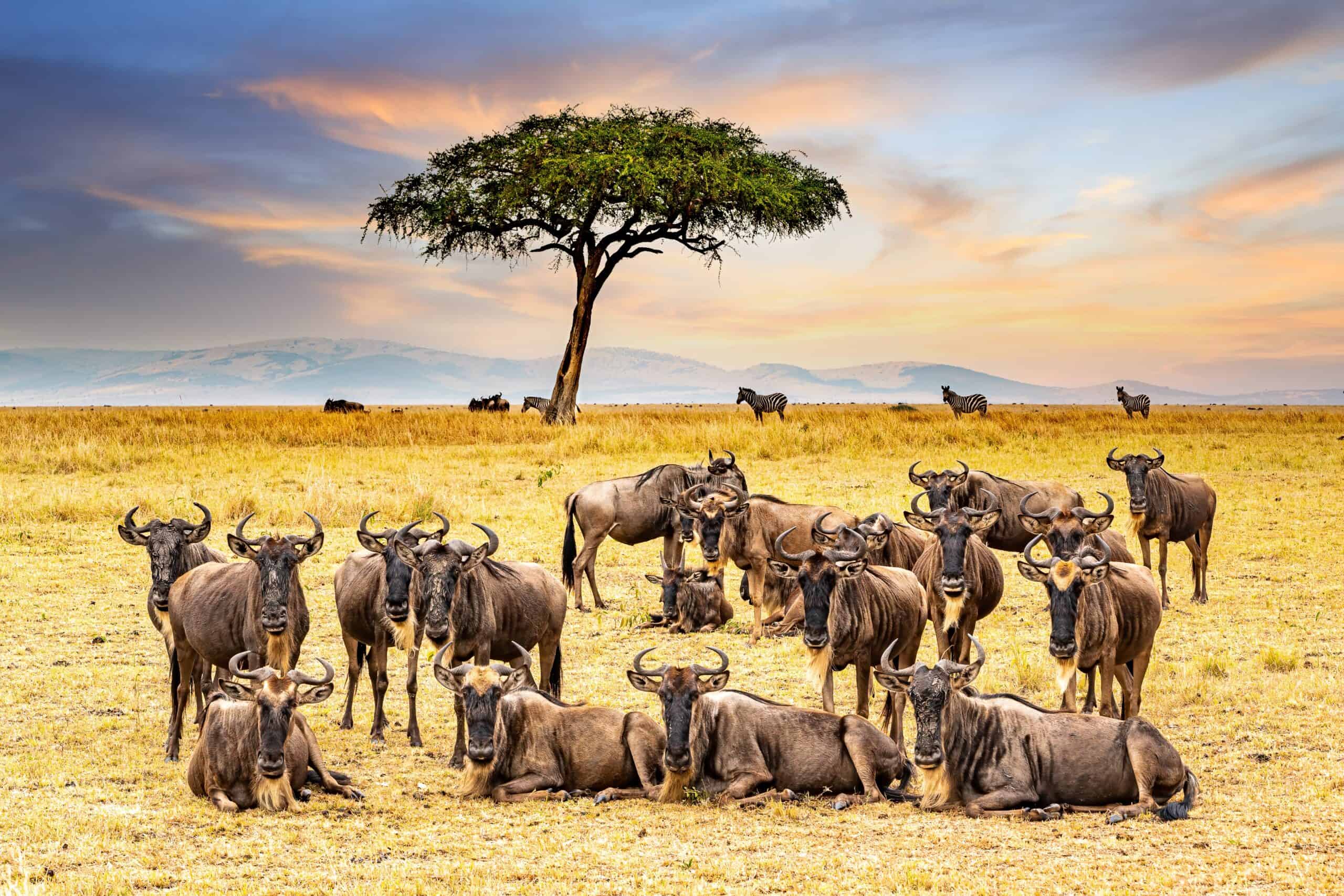
Maasai Mara is famed for the Great Migration, where over two million wildebeest, zebras, and gazelles journey across the plains. This spectacle occurs between July and October. The reserve is also home to the Big Five: lions, leopards, elephants, rhinos, and buffaloes. Maasai Mara’s open savannahs make wildlife viewing spectacular, with plenty of opportunities for close encounters. Hot air balloon safaris provide a unique aerial view of the landscape and its inhabitants.
Serengeti National Park, Tanzania
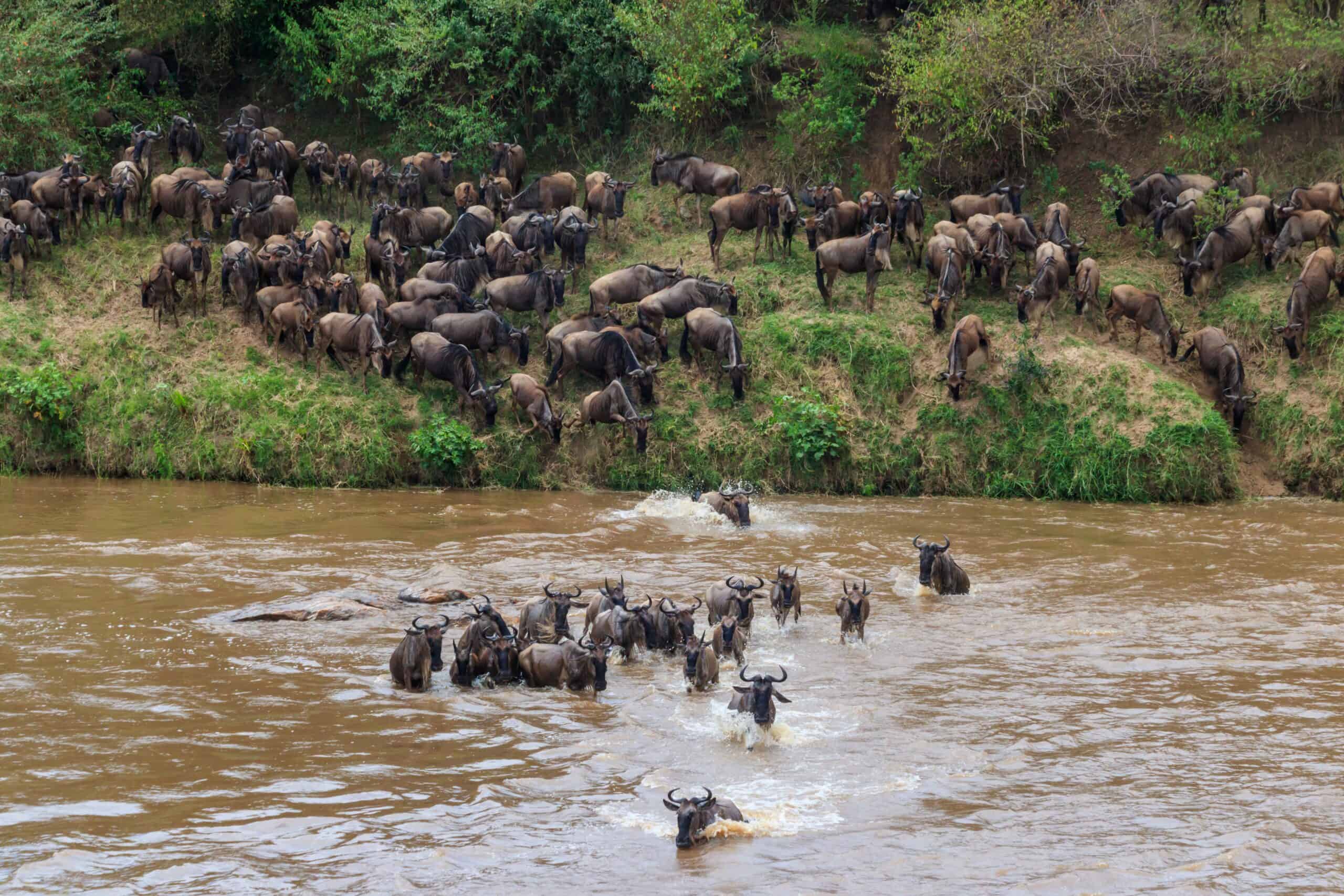
Serengeti National Park is renowned for its annual migration of over 1.5 million wildebeest and hundreds of thousands of zebras and gazelles. The park’s vast grasslands are also a haven for predators like lions, cheetahs, and hyenas. Visitors can experience the drama of predator-prey interactions. Besides the migration, the park offers year-round game viewing and is home to diverse bird species.
Kruger National Park, South Africa
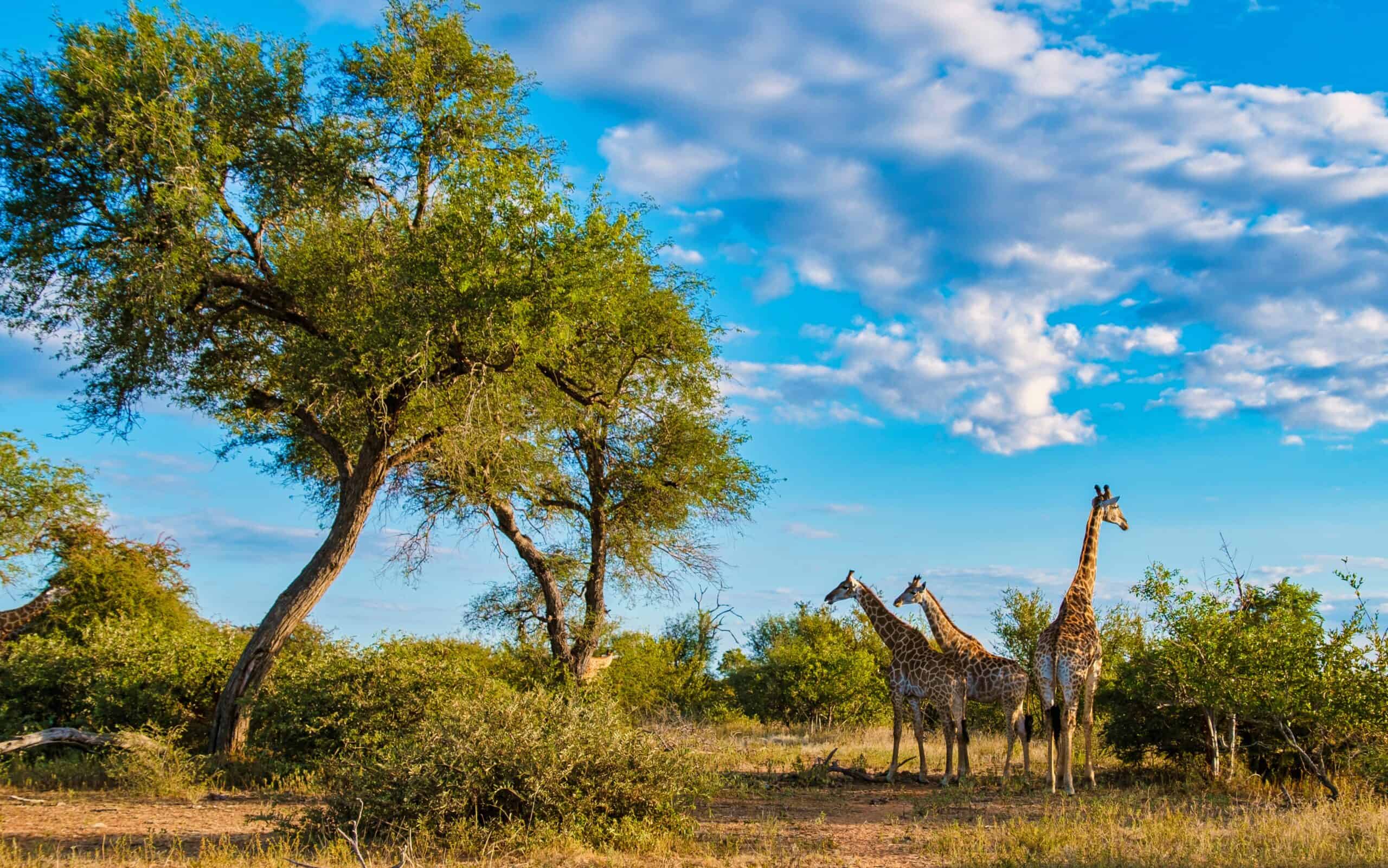
Kruger National Park is one of Africa’s largest game reserves. It boasts a high density of wildlife, including the Big Five, and many more species. Visitors can enjoy self-drive safaris, guided tours, and walking safaris. The park’s extensive road network makes it accessible for all types of travelers. Kruger also features luxury lodges and campsites, catering to different budget levels.
Chobe National Park, Botswana
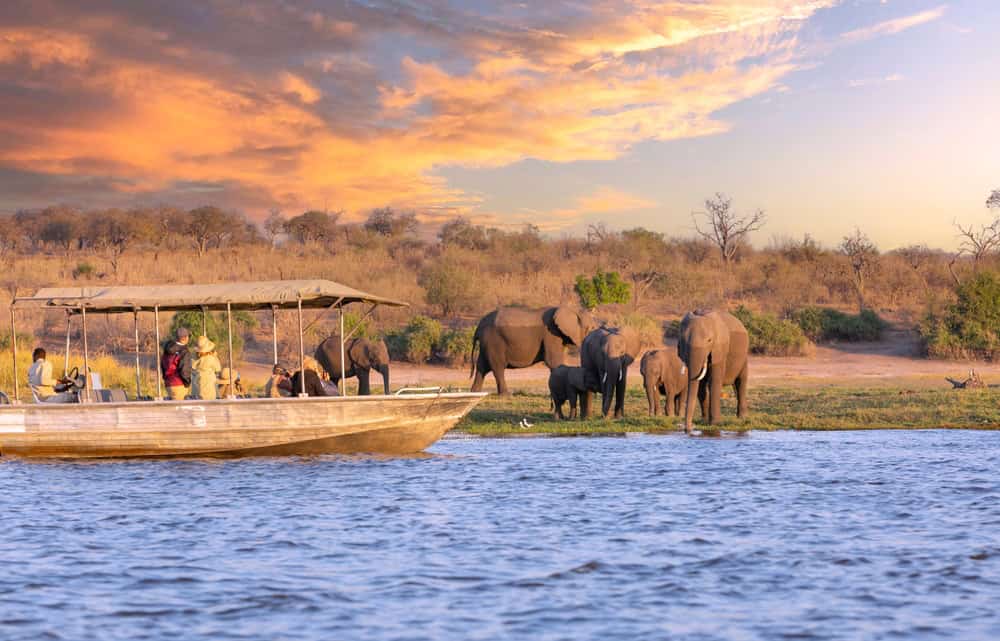
Chobe National Park is famous for its large elephant population. The Chobe Riverfront area offers spectacular wildlife viewing, especially during the dry season when animals flock to the river. Boat safaris provide a unique perspective on the park’s wildlife. Besides elephants, Chobe is home to a variety of predators and bird species. The park’s diverse ecosystems range from lush floodplains to dense forests.
Okavango Delta, Botswana
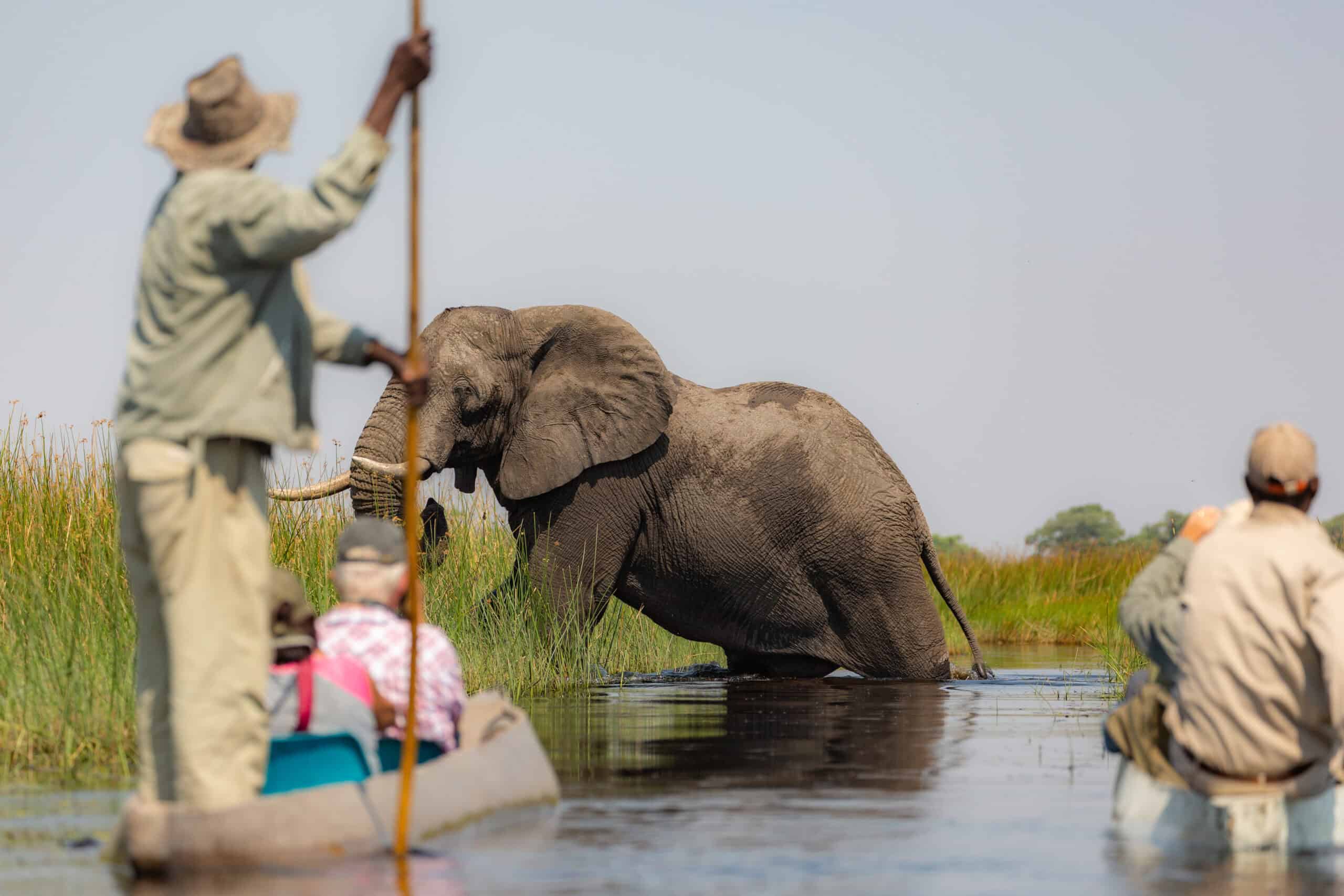
The Okavango Delta is a unique inland delta that floods seasonally, creating a lush habitat for wildlife. It’s a UNESCO World Heritage site, known for its beauty and biodiversity. Visitors can explore the delta by traditional mokoro (dugout canoe) or on guided walking safaris. The delta is home to a vast array of wildlife, including hippos, crocodiles, and an abundance of birdlife. Lodges and camps in the delta offer an immersive wilderness experience.
Etosha National Park, Namibia
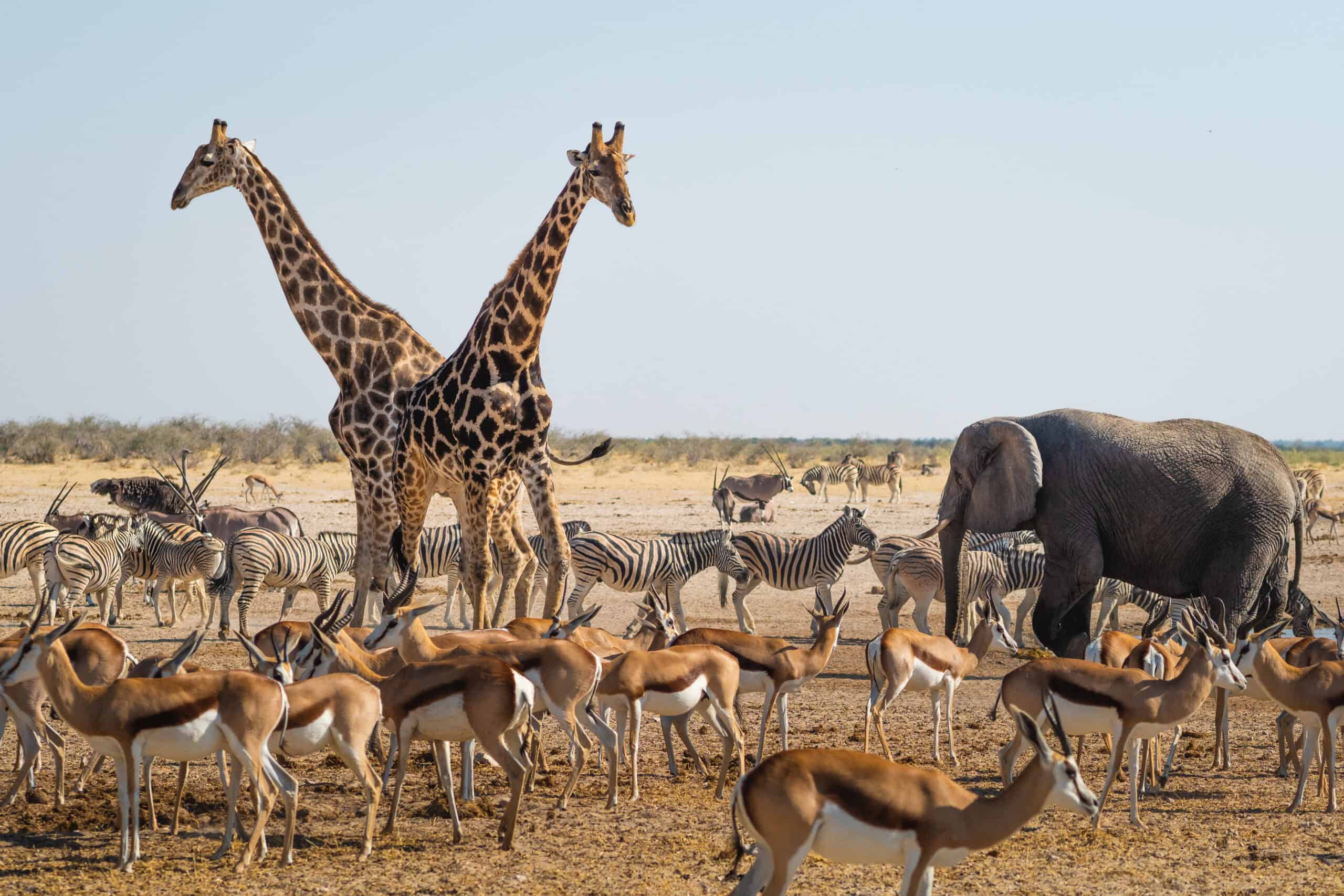
Etosha National Park is centered around a vast salt pan, visible even from space. The park is known for its excellent waterhole game viewing, where visitors can see a variety of animals congregate. Etosha’s diverse wildlife includes elephants, lions, giraffes, and rare black rhinos. The park’s arid landscape provides a stark contrast to other safari destinations. Accommodation options range from luxury lodges to budget campsites.
Bwindi Impenetrable Forest, Uganda
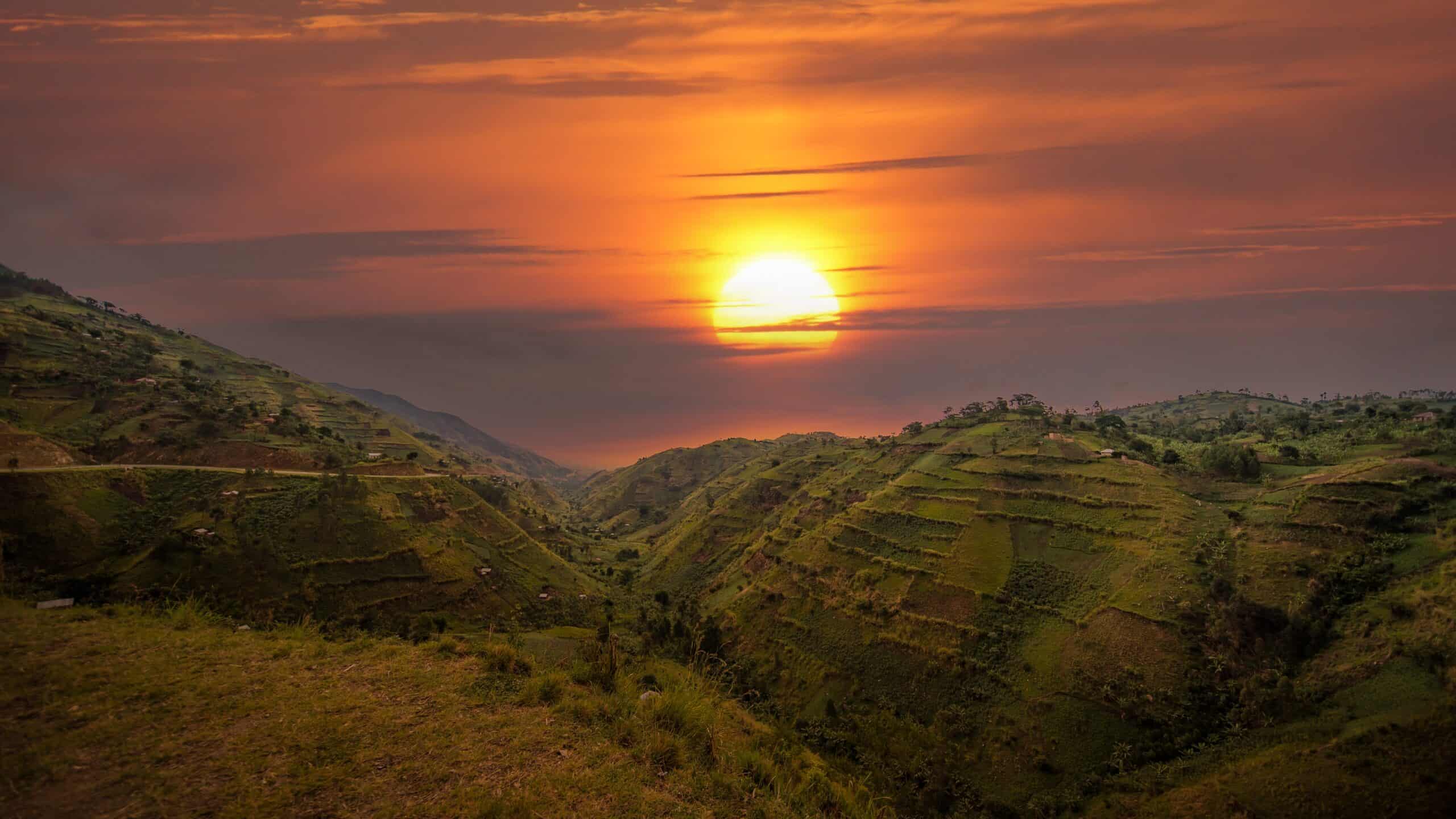
Bwindi Impenetrable Forest is a UNESCO World Heritage site, renowned for its mountain gorilla population. Gorilla trekking is the main attraction, offering a once-in-a-lifetime opportunity to see these gentle giants up close. The forest’s dense vegetation provides a habitat for many other species, including chimpanzees and a variety of birds. Bwindi’s mist-covered hills create a magical atmosphere. Trekking permits support conservation efforts and local communities.
Volcanoes National Park, Rwanda
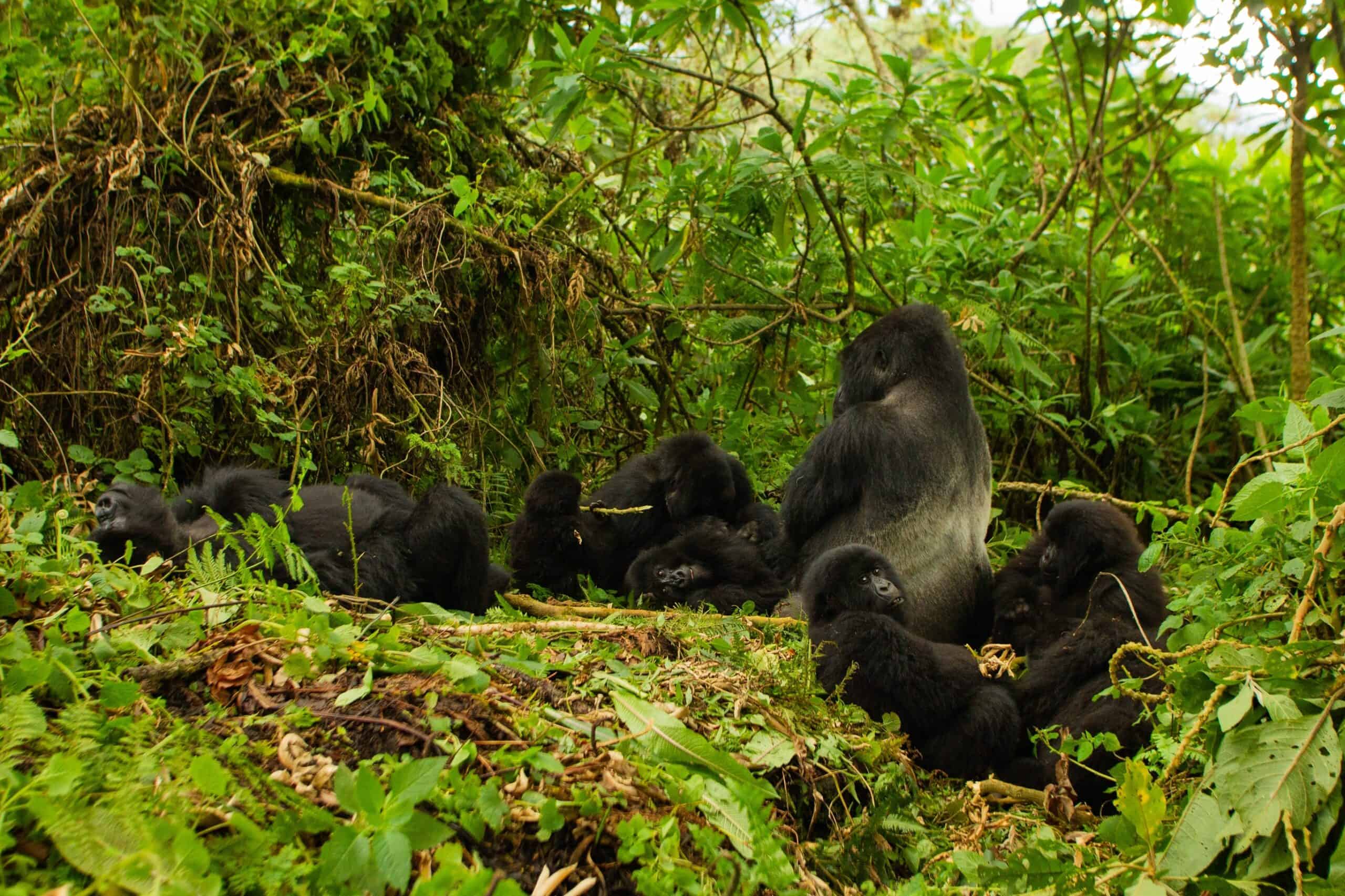
Volcanoes National Park is famous for its mountain gorillas and golden monkeys. The park’s lush, mountainous landscape offers stunning scenery and diverse wildlife. Gorilla trekking in Volcanoes National Park is a highlight, with limited permits ensuring an intimate experience. The park is also home to the Karisoke Research Center, established by Dian Fossey. Visitors can hike to the gravesite of this legendary primatologist.
Galápagos Islands, Ecuador
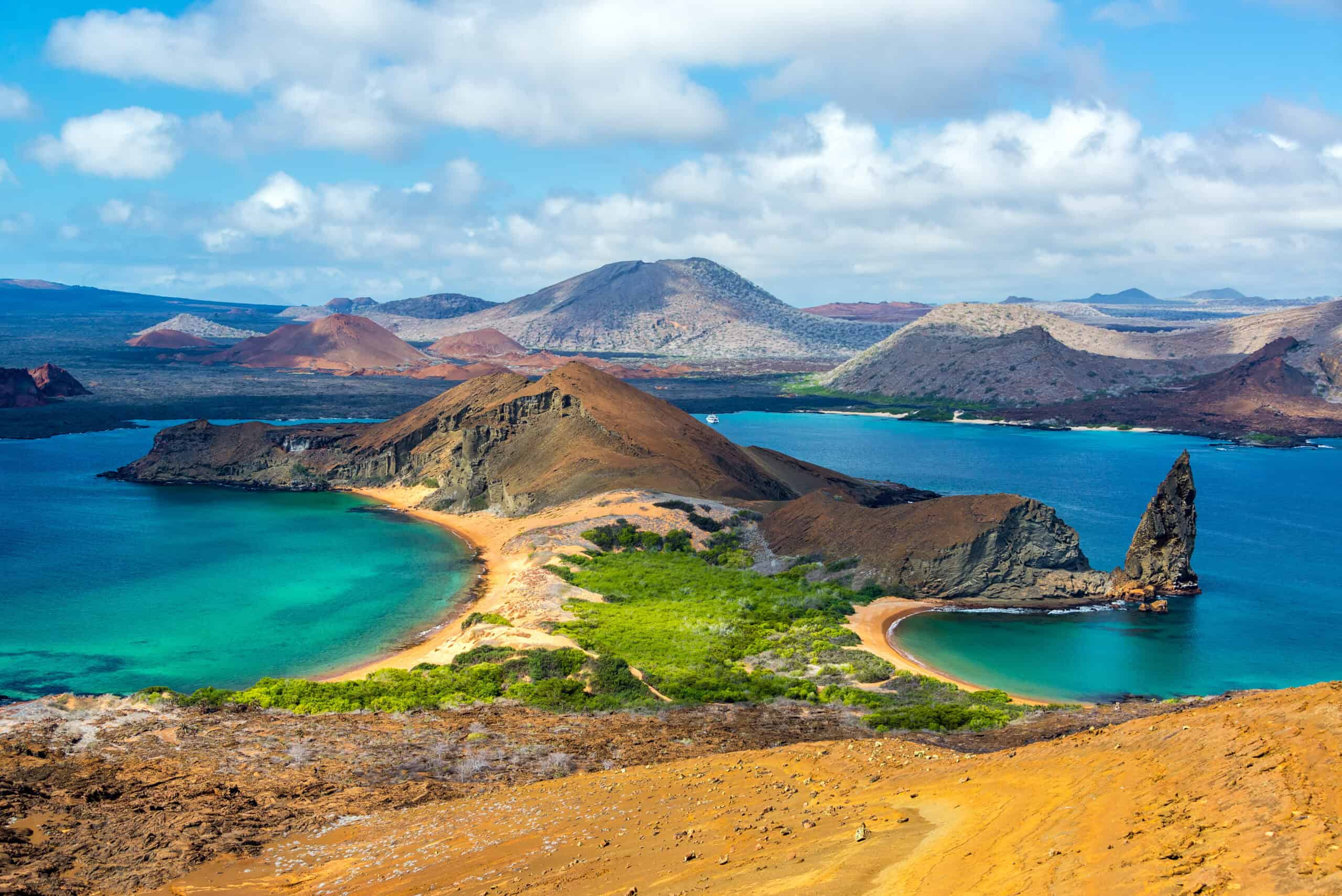
The Galápagos Islands are a haven for wildlife enthusiasts. This archipelago is home to unique species found nowhere else on earth. Visitors can see giant tortoises, marine iguanas, and blue-footed boobies. Snorkeling and diving reveal vibrant underwater life, including playful sea lions and colorful fish. The islands’ volcanic landscapes provide a dramatic backdrop for exploration.
Yellowstone National Park, USA
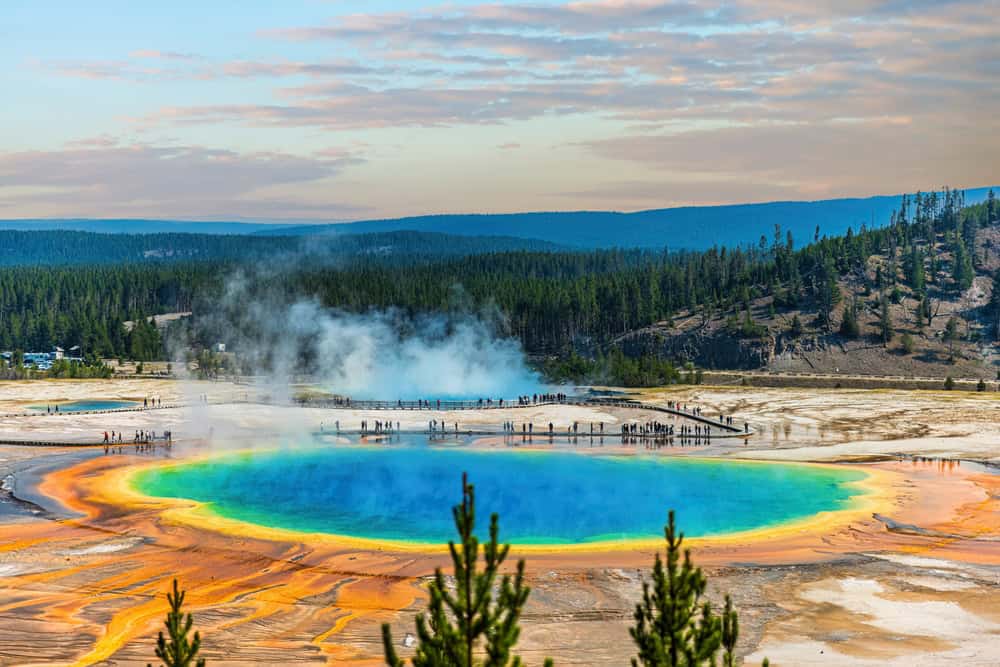
Yellowstone is the oldest national park in the world. It offers diverse wildlife, including bison, grizzly bears, and wolves. The park’s geothermal features, like geysers and hot springs, add to its unique charm. Visitors can enjoy hiking, wildlife watching, and exploring the park’s stunning landscapes. Winter brings opportunities for snowshoeing and spotting wildlife against a snowy backdrop.
Ranthambore National Park, India
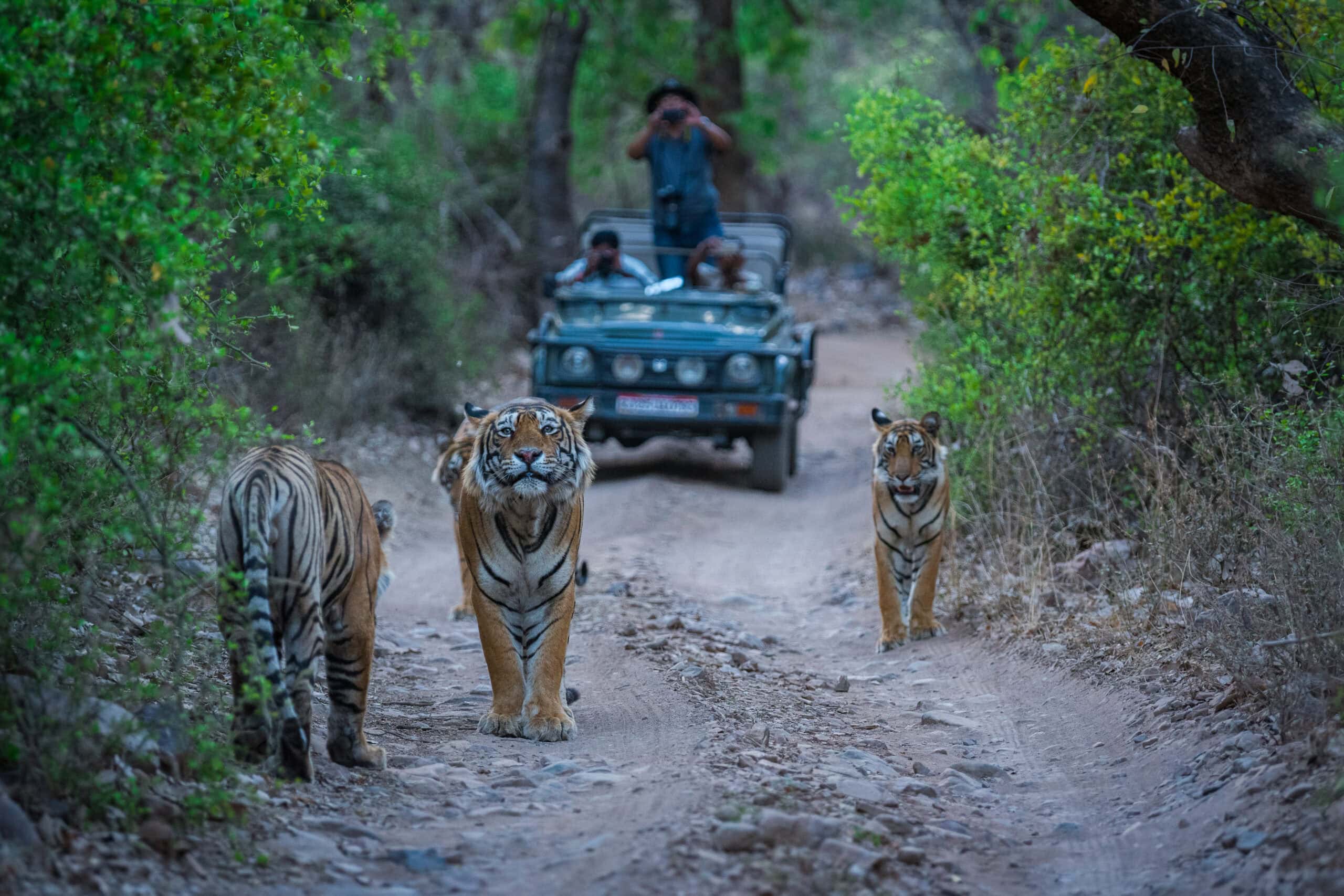
Ranthambore is one of the best places to see Bengal tigers in the wild. The park’s landscape features lakes, ruins, and dense forests. Visitors can also spot leopards, sloth bears, and a variety of bird species. Safaris in Ranthambore offer a chance to explore its rich history and vibrant wildlife. The park’s ancient fort provides a cultural touch to the adventure.
Sabi Sands Game Reserve, South Africa
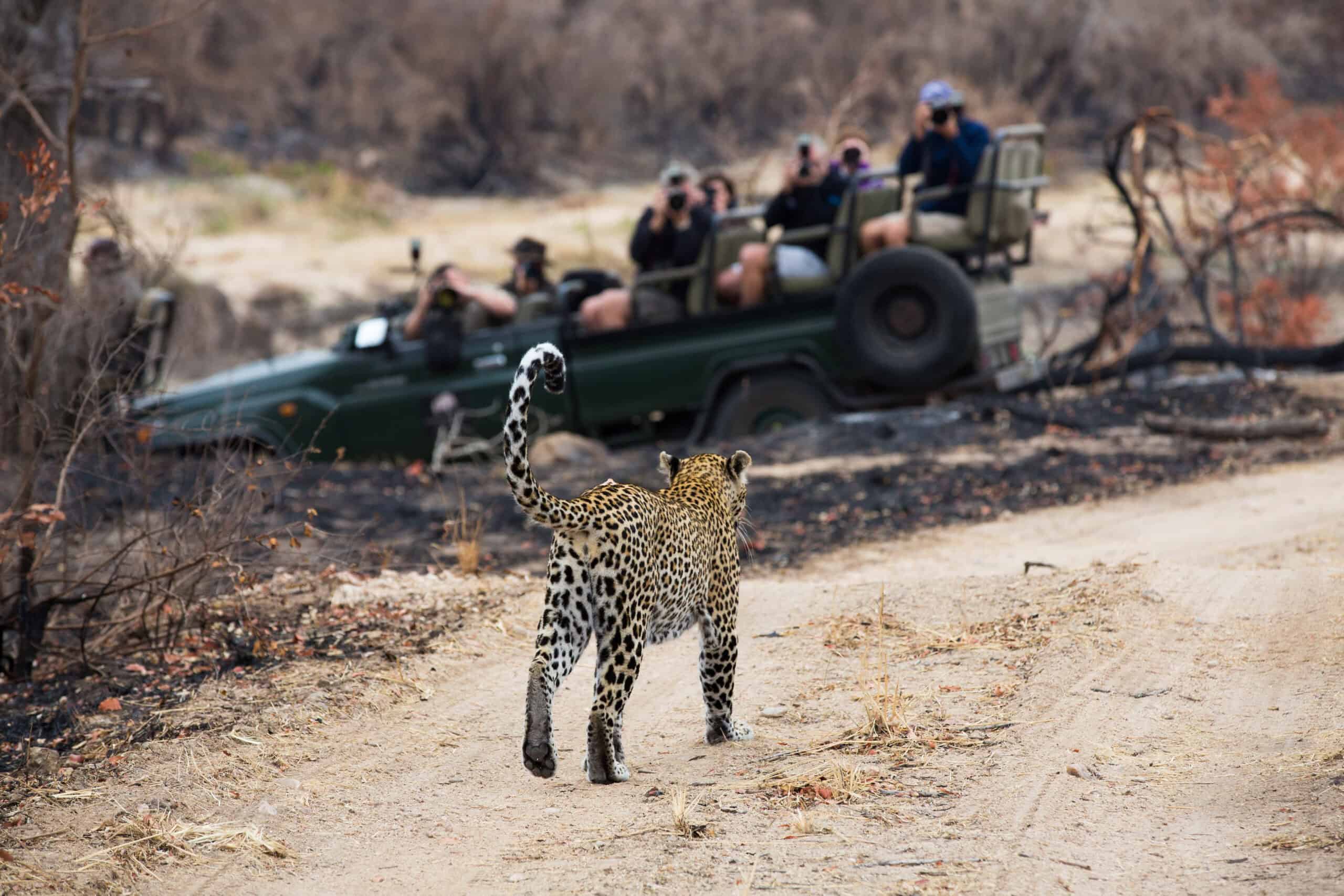
Sabi Sands is renowned for its luxury lodges and exceptional wildlife viewing. The reserve shares an unfenced border with Kruger National Park. Visitors can spot the Big Five and enjoy close-up encounters with leopards. Guided safaris offer insights into animal behavior and conservation efforts. Night drives reveal the park’s nocturnal creatures, adding to the excitement.
Ngorongoro Crater, Tanzania
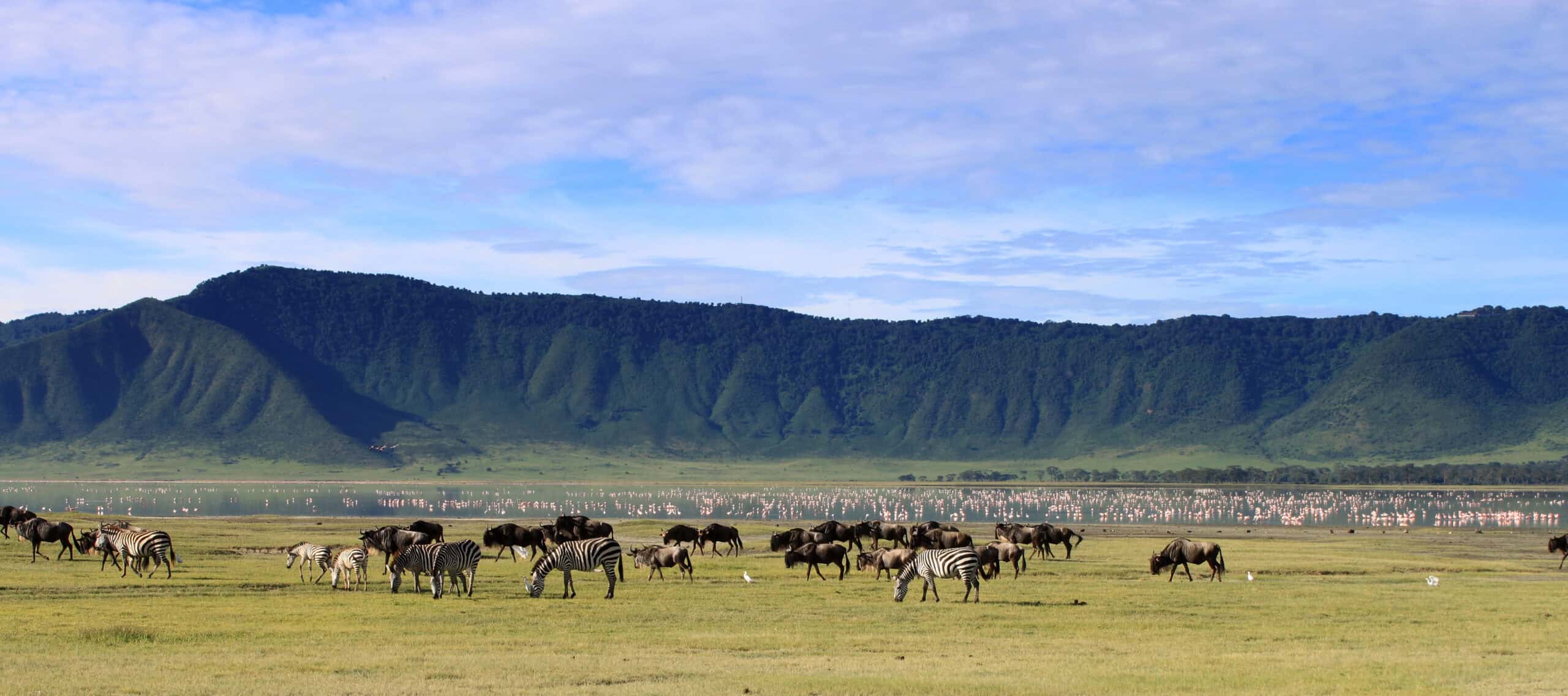
Ngorongoro Crater is a UNESCO World Heritage site. It’s the world’s largest inactive volcanic caldera, hosting diverse wildlife. Visitors can see the Big Five and flamingos in the crater’s alkaline lake. The lush crater floor offers rich grazing for herbivores. Safari drives provide breathtaking views and opportunities to spot rare black rhinos.
South Luangwa National Park, Zambia
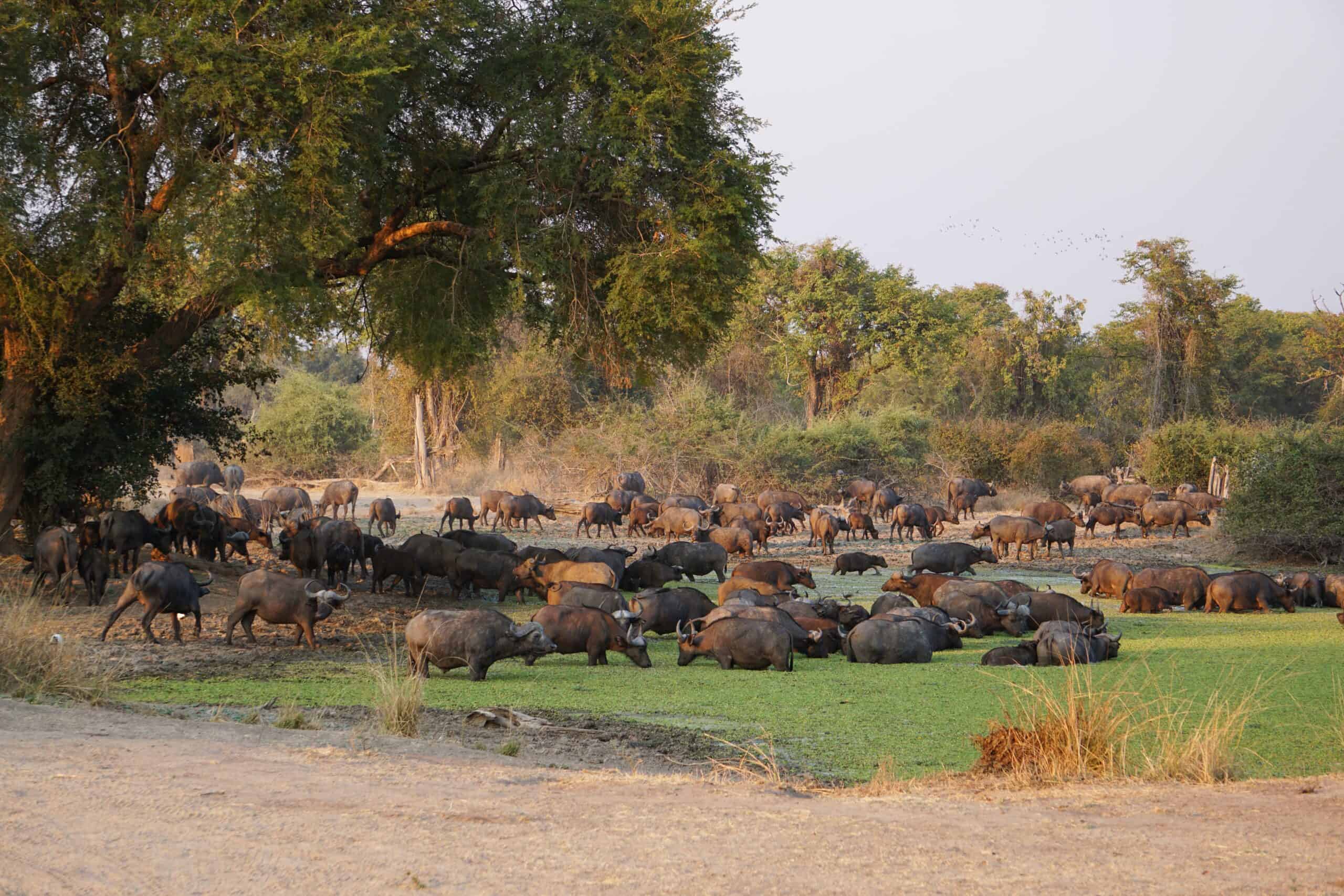
South Luangwa is known for its walking safaris. The park’s diverse habitats support a variety of wildlife, including leopards, elephants, and hippos. The Luangwa River is a lifeline for the park’s animals. Visitors can enjoy night drives to see nocturnal wildlife. The park’s remote location ensures an intimate and uncrowded safari experience.
Yala National Park, Sri Lanka
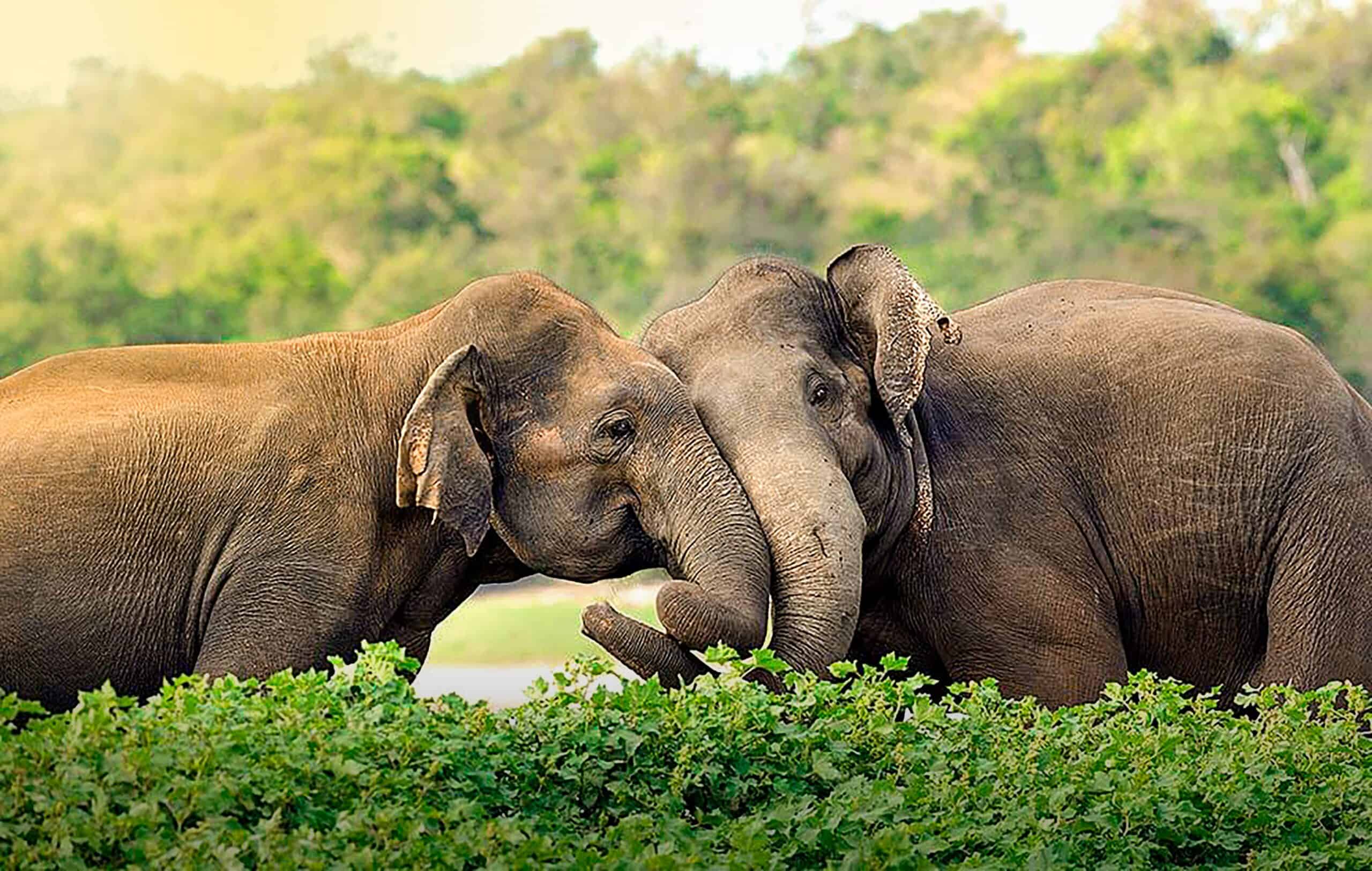
Yala is famous for its high density of leopards. The park’s diverse ecosystems range from dense jungles to sandy beaches. Visitors can spot elephants, sloth bears, and a variety of bird species. Safaris in Yala offer a chance to explore its rich biodiversity. The park’s coastal location adds a unique element to wildlife viewing.
Kakadu National Park, Australia
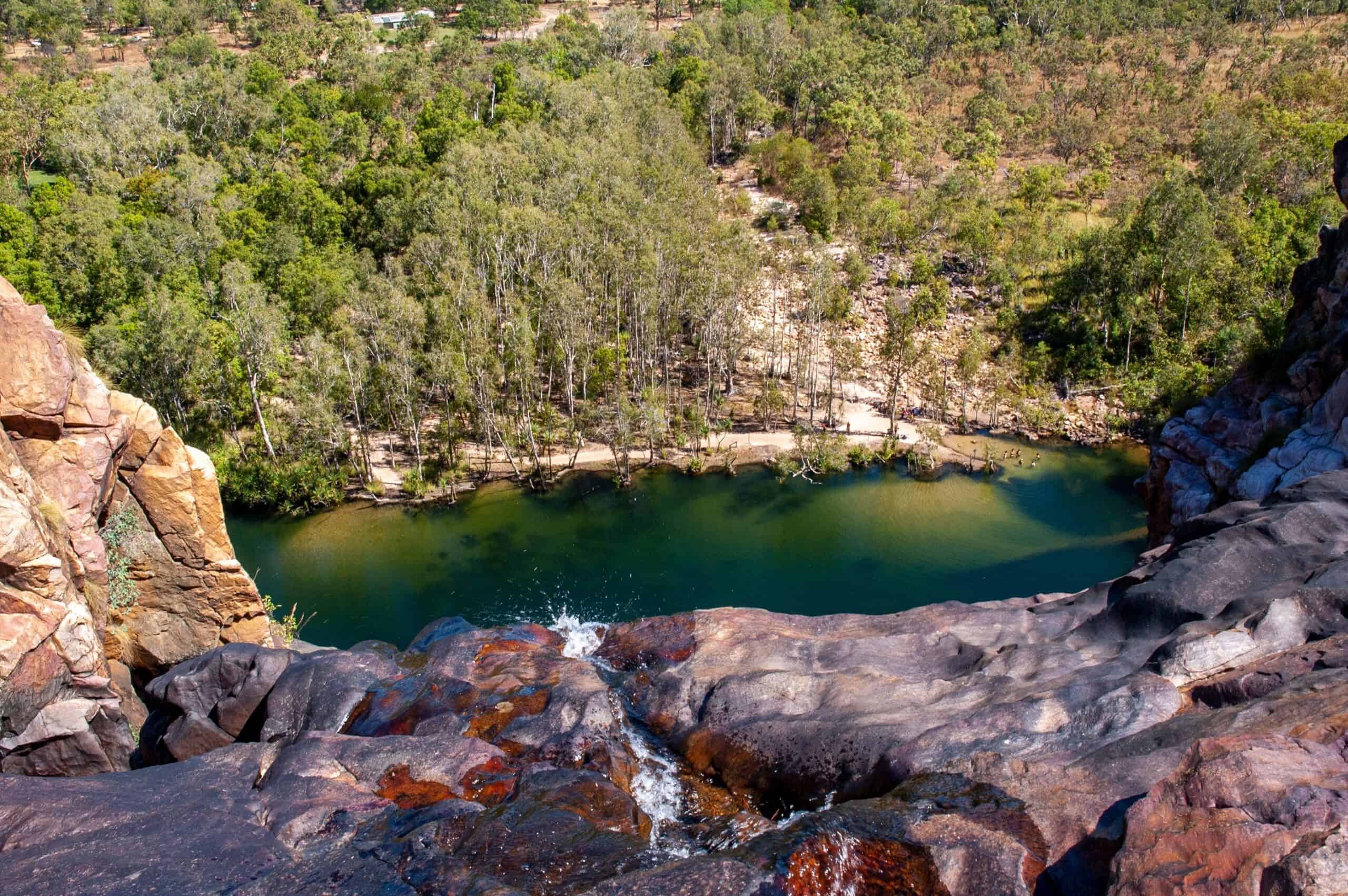
Kakadu is Australia’s largest national park. It’s renowned for its Aboriginal rock art and diverse wildlife. Visitors can see saltwater crocodiles, wallabies, and over 280 bird species. The park’s landscapes include wetlands, waterfalls, and rugged escarpments. Guided tours provide insights into the park’s cultural and natural heritage.
This article originally appeared on Rarest.org.
More from Rarest.org
13 Most Beloved Children`s Books of All Time
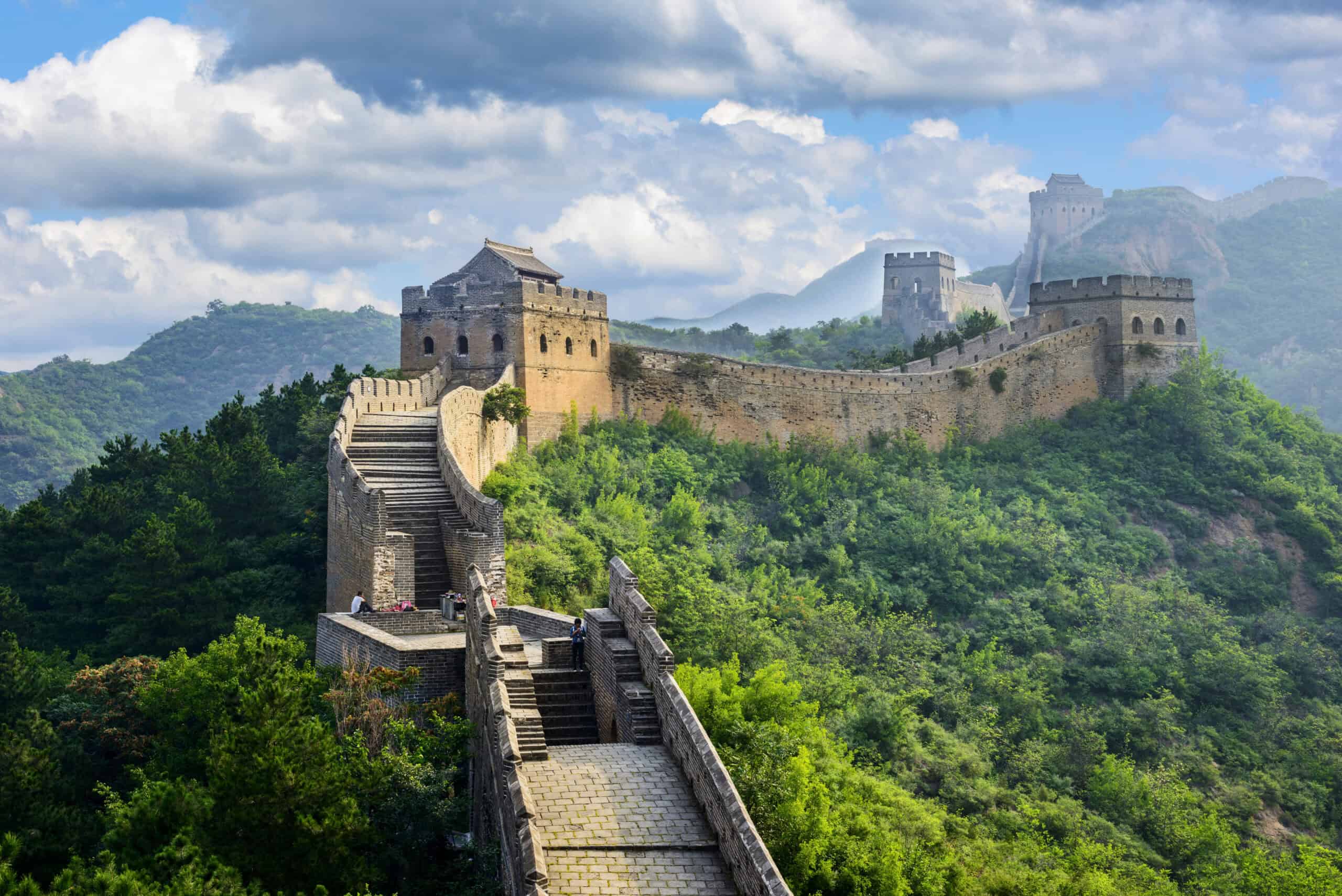
Exploring the world through its architectural marvels is a journey through time, culture, and human ingenuity. Read More.
11 Most Expensive Ancient Coins Ever Discovered

Discovering ancient coins is like finding a piece of history. These coins not only hold immense value but also tell fascinating stories. Read More.
11 Top Most Sought-After Gold Coins

Gold coins have fascinated collectors and investors for centuries, combining the allure of precious metal with historical significance and artistic beauty. Read More.
